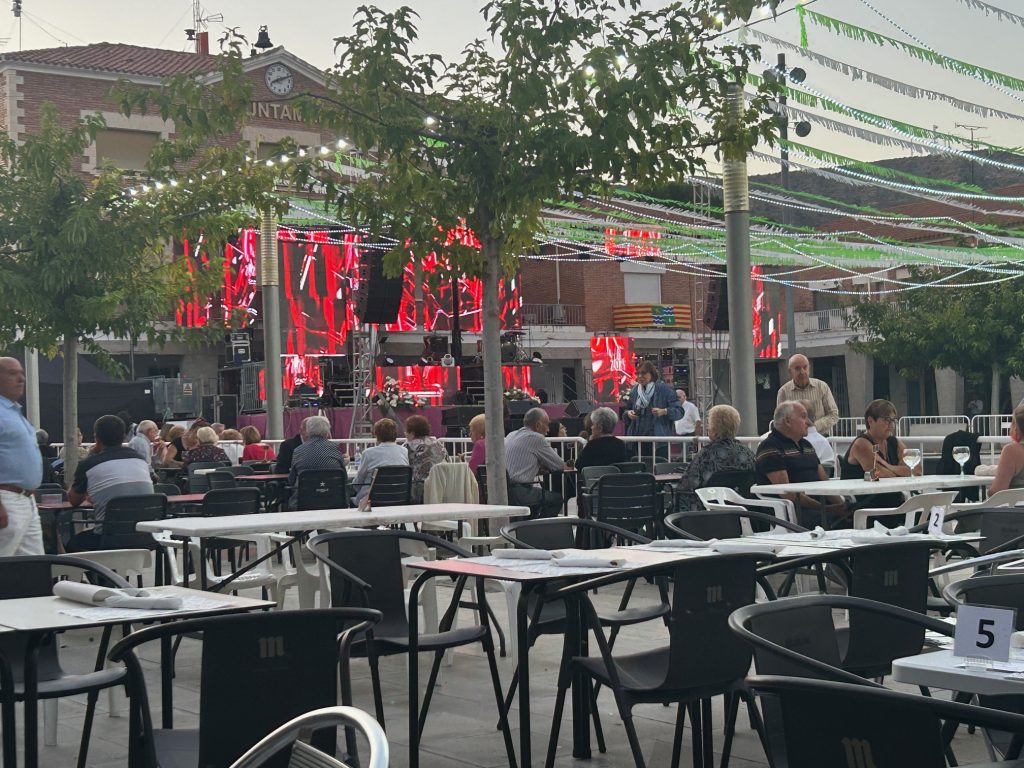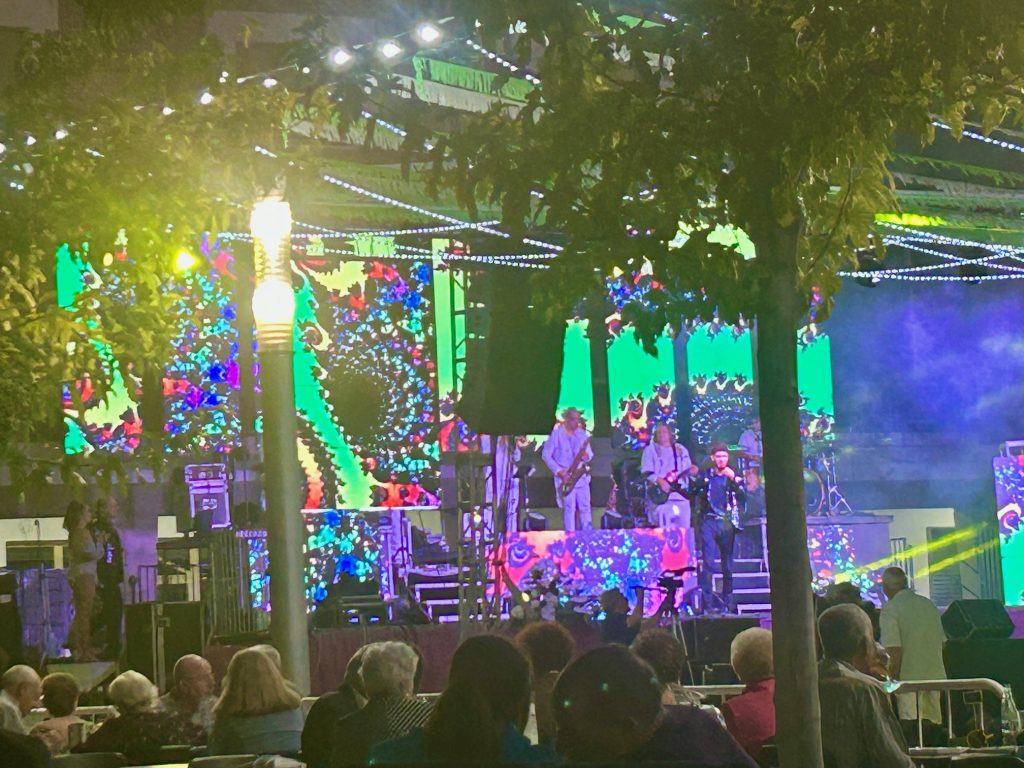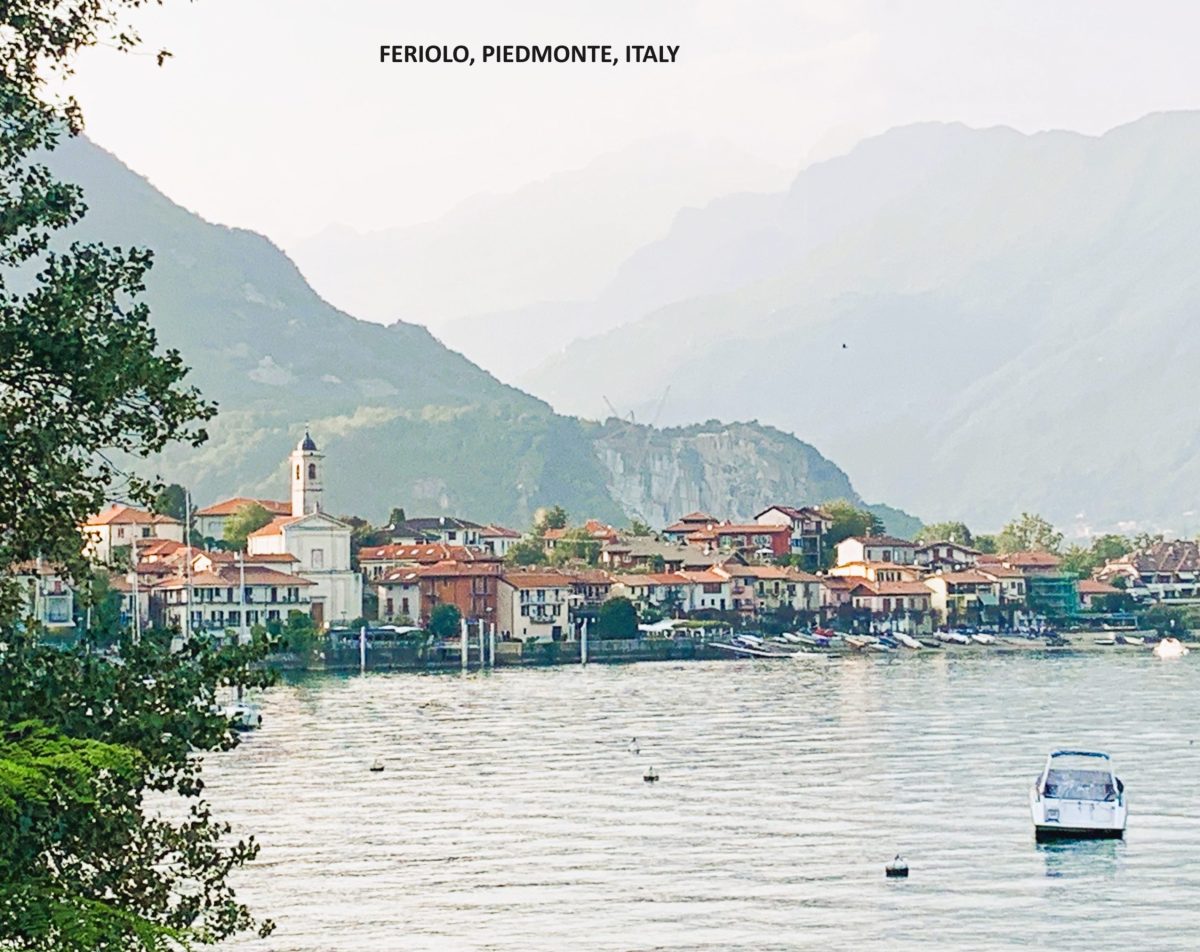We stopped in Mequinenza to make use of the town’s municipal campsite while driving across Aragon towards Asturias and Galicia.
Mequinenza is a small town of just over 2,000 people on the eastern edge of a reservoir known as the Mar de Aragon (the Aragon Sea). It’s a relatively new town built to the north of Mequinenza Castle after the River Ebro was dammed in the 1960’s. The original town, which dated back to at least the time of Julius Caesar, lay south of the castle. Most of it was destroyed when the reservoir was created although the Maria Quintana Ferragut School now serves as the area’s history museum.
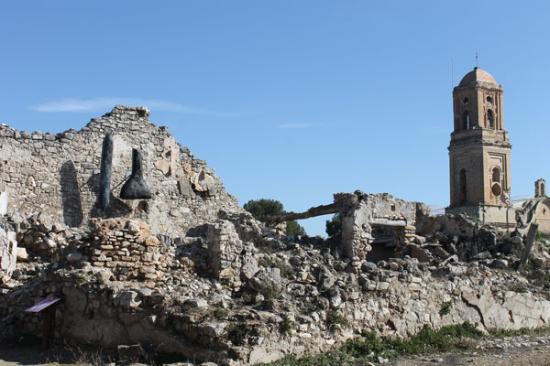
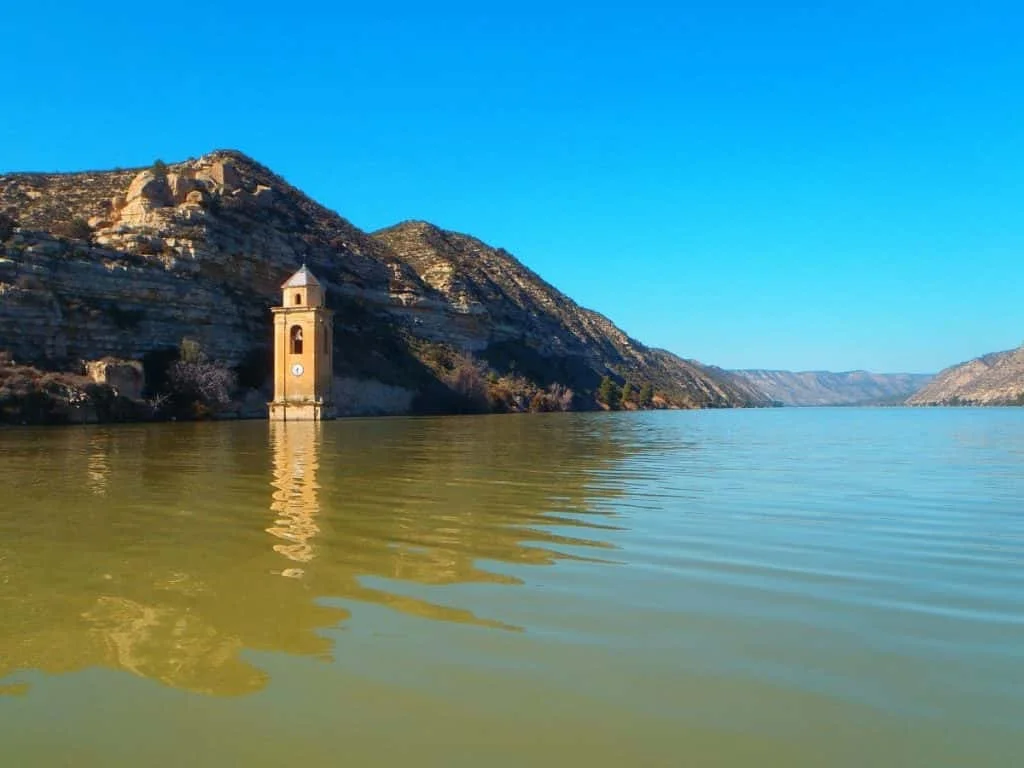
The area has a rich history not least because of it’s small castle which was built by Berbers late in the 12th century but changed hands many times during the Christian-Muslim wars and again during the course of various internal Spanish wars in the 16th and 17th centuries. In 1810, during the Spanish War of Independence (the Napoleonic Wars to you or me) the castle was attacked yet again; by troops under the French General Suchet. An unsuccessful but spirited defence by just 1,200 men against Suchet’s 14,000 led to Mequinenza being listed among the victories inscribed on Napoleon’s Arc de Triomph in Paris. The castle figured briefly during the Carlist Wars but subsequently fell into disuse, except as a Republican prison during the Spanish Civil War, and it is now owned by the Spanish utility company ENDESA (which Company restored the castle to it’s current state although it doesn’t much resemble the original castle). It’s possible to visit the castle but only by prior appointment with ENDESA.

Mequinenza was at it’s most prosperous during the early 20th century, when coal mining was the area’s principal industry, and it’s population almost doubled to 4,200 (mostly miners). Of course, that short period of economic success ended during the 1960’s, as Franco steered Spain towards hydro-electric power and damned the River Ebro. The new town is now focused towards sport (rowing and kayaking) and leisure (fishing) with fishing being the town’s principal attraction.
It is believed the reservoir contains more than 50 million fish, including Black Bass, Royal Carp and, most impressive, the giant Wels Catfish, which regularly grow to more than 2 metres in length and weigh over 100 kilos. The current record in this area is a catfish measuring 2.61 metres and weighing 115kg. I stopped for a beer in one of the local bars and noticed some photo montages on the wall. Take a look at those…
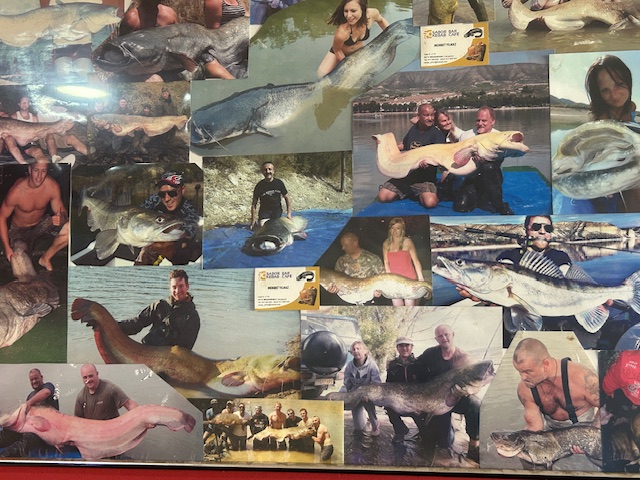
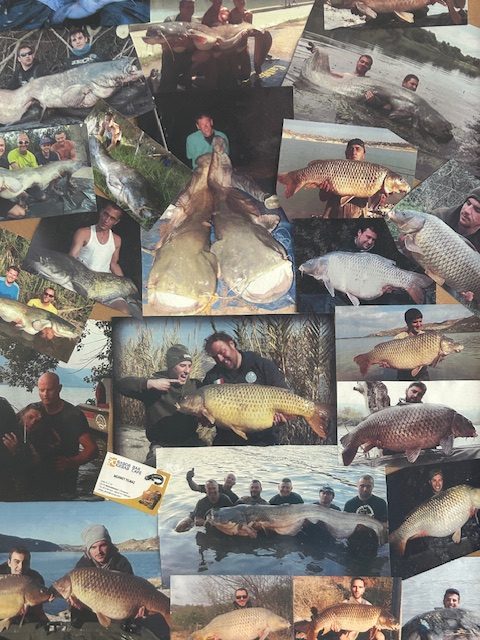
We were staying in the camping site for just the one night (at 13 euros per night) but, we were fortunate to arrive during a local celebration. We didn’t need a second invitation…
